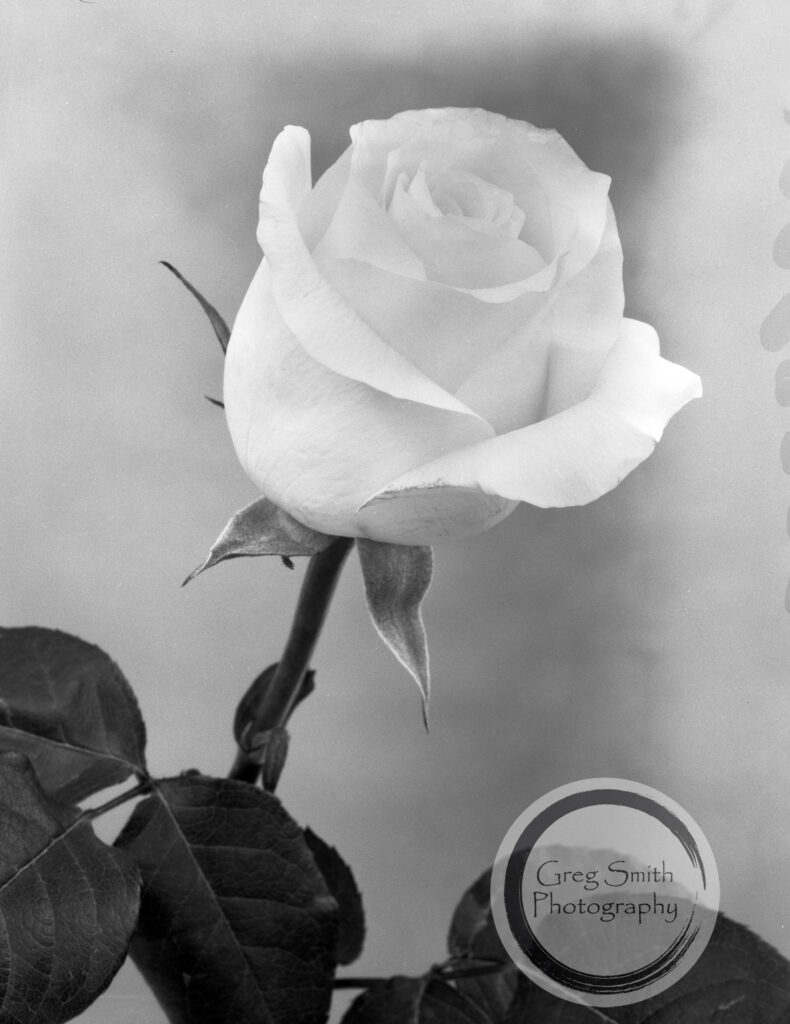Greg likes to try out many different styles and techniques in his photography. Although he primarily shoots digital, he regularly uses a variety of specialty film cameras as well. His large format cameras are the most time-consuming to set up and use, but they also yield some of the most unique photos.
Big Film=Big Results
Large format cameras look like they belong in another century: big and clunky with accordion folded bellows, the photographer concealed under a cloak. Instead of a roll of film, these cameras use one large flat piece of film per picture, which is manually changed after each shot.
Most modern film cameras shoot a fairly small negative, which is enlarged during the developing process. Some resolution is lost during the enlargement process, similar to how a digital image will pixelate if you zoom in too far. Greg has two large format cameras, a 4×5 and an 8×10. This means that the film negative is either 4 inches by 5 inches or 8 inches by 10 inches. Therefore, the resulting developed photos will be much higher resolution since they don’t have to be enlarged as much. Sometimes Greg will develop 1:1 prints that are the same size as the negative, with even greater resolution.
Impatience Begets Creativity
Greg purchased his first large format camera used, without knowing too much about it. It arrived without a lens, so he ordered one. However, he wanted to try out the camera right away, so on a whim he mounted a magnifying glass in front of the shutter. The result was an evocative, ghostly effect. He loved it so much that Greg still regularly uses the magnifying glass in place of the actual lens. Among family we call this style his “woo-woo” series.


























Like what you see? We sell high-quality prints with custom framing options!


























